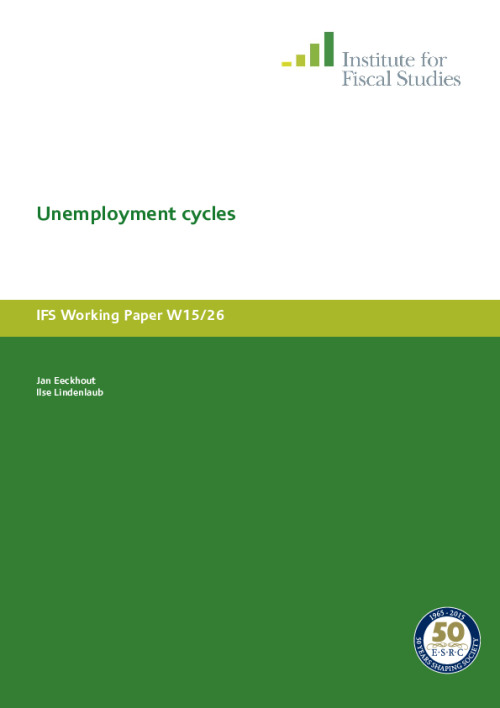The labor market by itself can create cyclical outcomes, even in the absence of exogenous shocks. We propose a theory that shows that the search behavior of the employed has profound aggregate implications for the unemployed. There is a strategic complementarity between active on-the-job search and vacancy posting by firms: active search changes the number of searchers and the duration of a job, and in the presence of sorting, it improves the quality of the pool of searchers. More vacancy posting in turn makes costly on-the-job search more attractive, a self-fulfilling belief. The absence of on-the-job search discourages vacancy posting, rendering costly on-the-job search unattractive. This model of multiple equilibria can account for large fluctuations in vacancies, unemployment, and job-to-job transitions; it provides a rationale for the Jobless Recovery through a novel channel of the employed searchers crowding out the unemployed; and it gives rise to a shift in the Beveridge Curve (the unemployment-vacancy locus). Each of these phenomena is matched in the data.










